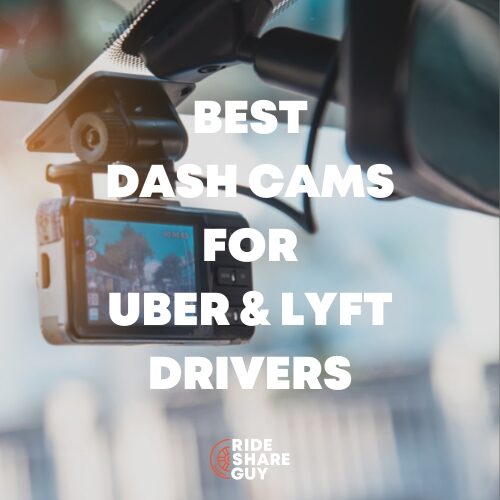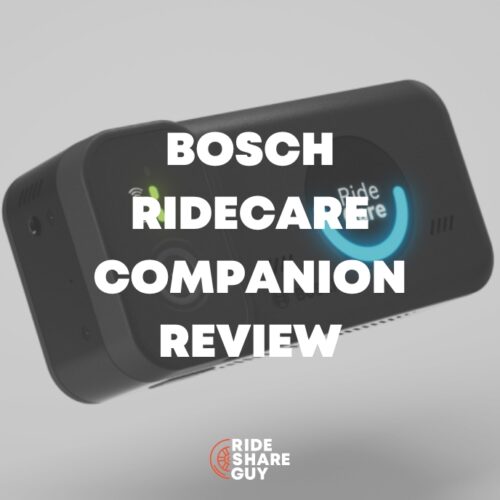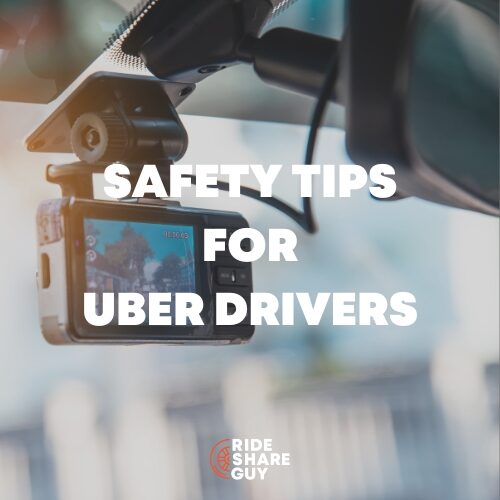It’s no surprise to drivers that Uber and Lyft have some significant gaps when it comes to safety, particularly driver safety. But are there ways to make drivers (and passengers) safer? RSG contributor Paula Gibbins outlines three solutions to solve Uber and Lyft’s safety issues below.
As a driver and as a passenger of any rideshare service, safety is always a concern and something in the forefront of people’s minds. It’s especially true now with safety issues such as Samantha Josephson, who was killed after accidentally getting into the wrong vehicle. The accused killer posed as her Uber driver.
Other safety issues have long been a concern. There are several cases where passengers have assaulted drivers. Some of these instances have also occurred even when the driver has a dash cam that is sure to catch the act. Yet this hasn’t stopped people from attacking their drivers.
Ridesharing is a wonderful service that has filled in a gap in transportation options. And while the majority of rides go off without a hitch, there are always those bad apples on both sides that can ruin it for everyone.
So, what can be done to keep both drivers and passengers safe?
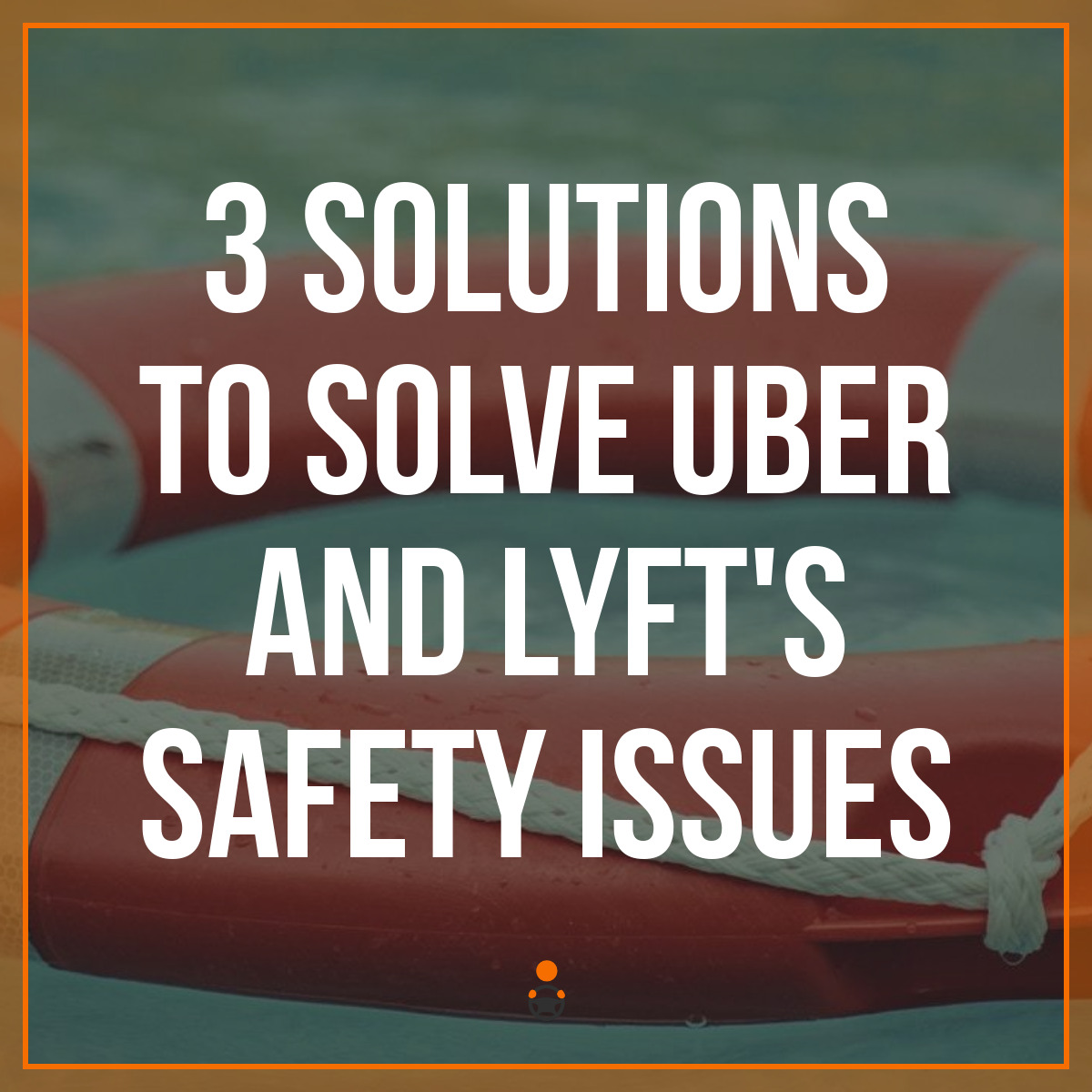
First – What Are Uber and Lyft Doing to Keep Drivers and Passengers Safe?
Uber and Lyft often send out emails and messages to their drivers and passengers claiming their commitment to safety. But what does that really mean? Of course they are going to say they are committed to safety because if they didn’t, they’d be horrible companies that don’t care about the lives of the people working for them or using their services.
I personally received an email this May from Uber stating they are pairing up with NO MORE to stand up to combat sexual violence.
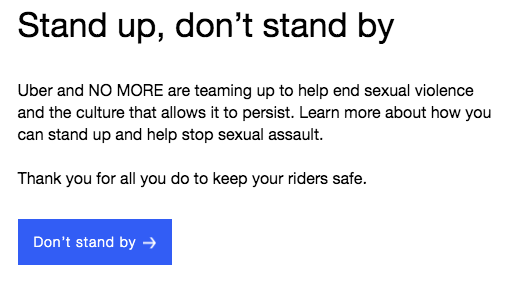
When I clicked on “Don’t stand by”, I was taken to a page that outlined what I can do as a driver to help someone safely get home (aside from simply giving them the ride they ordered through their app. Some of the suggestions included:
- If your rider is alone and appears too intoxicated to get home safely, try helping them find a friend they can ride home with.
- If you think a passenger may be in distress with another rider, be careful how you choose to intervene as it could risk your own safety. You can try creating a distraction by sparking up a random conversation or asking the passenger you are concerned about if they would like you to contact a friend.
- If you feel you may be in immediate danger, alert 911 or local authorities when in a safe place. If you want to report an incident, visithelp.uber.com or contact them through the app.
While these are all well and good, it does imply that a lot is up to the driver to ensure their own safety as well as the passengers. As a female driver, I would find it difficult to do most of the above. I am not going to get out of my vehicle to find a friend for an intoxicated person to go home with.
For their part, however, they did include tips for passengers or just people in general as they navigate the nightlife or any other scene where trouble may present itself. Uber says that ‘When you request a ride, complete these three safety pickup steps to make sure you’re getting into the right car with the right driver:
- Step 1: Match the license plate number
- Step 2: Match the car make and model
- Step 3: Check the driver’s photo
Uber also just re-launched a PIN feature that allows riders to request a ride and give a PIN to the nearest driver, but I see a lot of potential issues with this system. It seems like it might be a free for all with riders all vying for the same driver during busy times unless there are Uber employees on site to help direct traffic. And there’s a pretty common airport scam where fake Uber drivers get you into their car and then say their app isn’t working and ask for cash instead.
So it’s clear Uber is making some changes to work on safety, but in my mind there’s a whole lot more that can be done.
What Solutions Exist Outside of Uber and Lyft to Stay Safe?
Aside from the efforts that Uber and Lyft put into our safety, there are third-party solutions that are out there.
Solution 1: LISNR
We recently learned about this company and what I like is that neither rider nor driver have to do much thinking or worrying when using this technology – it makes safety dummy proof. LISNR is an ultrasonic data transmission platform that basically sends data through audio. Their authentication solution could improve both passenger safety and save TNCs financially when the wrong passenger gets picked up for example. So how does it work?
When a passenger gets into the car, their app would send an inaudible audio signal to the driver’s app and allow the driver to start the trip, thus making sure the right passenger is getting into the right rideshare vehicle. And not only would a dummy-proof authentication solution increase passenger and driver safety, but it would also help with matching drivers and riders in high-traffic areas like airports, stadiums, and downtowns – where cell service is notoriously poor and pick-ups and drop-offs can be a nightmare.
LISNR has already paired up with RideYellow (a leading taxi app) to connect drivers and riders ultrasonically since rides aren’t always booked with an app. The idea is that when a rider gets into a taxi, they can utilize LISNR to connect their app to the taxi they are in. This will then allow the user to utilize RideYellow’s features such as paying their driver through LISNR’s ultrasonic payment solution via the RideYellow App and entering their destination.
On LISNR’s website, an article quotes RideYellow’s director of strategy, Shan Gupta as saying,
“There are a multitude of scenarios, such as airports, hotels, and venues, where riders hop into one of our cabs, and then want to utilize various apps features but cannot do so because they didn’t book their ride with the app. But now with LISNR, the user simply opens the app and is automatically connected to the ride. This creates a truly frictionless experience for our users and give us an important competitive edge in the market.”
This could also work well in certain international ridesharing markets that have problems with passenger authentication and fraud. Careem, which operates in Saudi Arabia and was recently acquired by Uber, has many female riders and drivers that wear head coverings and this can make it tougher to visually confirm identities. So a solution like LISNR would work well and be uniquely suited to improve safety and the financial ramifications of picking up the wrong passenger for both Careem and their drivers.
This type of solution can help keep drivers and passengers safe by eliminating the question of who is getting in the vehicle. And the technology could also work in multi-passenger situations. As multiple people enter and leave a vehicle, LISNR can passively authenticate their entering and exiting the vehicle allowing for faster pickups and exits without requiring the driver to become distracted by pressing a button on their phone to confirm the passenger has been dropped off. As a driver, that is extremely appealing. The less I have to touch my phone, the safer I’ll feel as far as on-the-road dangers are concerned.
And on the passenger side, there’s lots of opportunity for Uber and Lyft or even retailers to further monetize this source of data. Uber has already partnered with Cargo so it’s clear that ancillary revenue streams could become a bigger piece of the pie as we’re seeing in international rideshare markets like Asia.
Solution 2: Safety Partitions
A safety partition dividing you as a driver from your backseat passengers is very similar to that of a taxi. But there are upsides and downsides of this option.
Upsides, the partition is virtually indestructible. The website boasts that it has been regularly tested to stand up to bullets and 1,200 pound impact loads, so the partitions can withstand sudden stops or collisions. Another upside is that it is easy to install and does not hinder your visibility into your backseats or out the back windshield.
Downsides include the universal design not fitting perfectly within all vehicles. This means there can be gaps between the ceiling and sides. The gaps can be as much as 3 to 12 inches or so, depending on your vehicle type. Also, it wouldn’t cover your side if a passenger needs to sit in your front seat due to space if part of a large group.
One thing they do offer, at an extra cost, is a no gaps partition, though there is a measurement process that is required to match your needs. And of course the other downside is that it may make your car feel a lot more like a taxi than a rideshare – whether you’re comfortable with this is up to you.
Solution 3: Protecting Yourself
Protecting yourself is something that everyone should be prepared to do. With Lyft’s policies about weapons being very strict for riders and drivers, it’s good to know some basics to protect yourself, and I’ll get to those in a bit.
Lyft’s no weapons policy means that even if you’re legally allowed to carry a weapon, you’re asked not to carry one while driving for Lyft. The policy states, “We approach this from a community perspective. It’s hard to know what someone else is or isn’t comfortable with. The mere presence of a weapon might make another community member distressed and fear for his or her own personal safety.”
Lyft lists a myriad of weapons that are not allowed, but it’s not an exhaustive list. It includes firearms, handguns, stun guns, explosives, sling shots, tasers and more. Lyft is the determinant of what a weapon is and if anyone is not adhering to the policy. If you want to know if what you plan on carrying is considered a weapon under the policy, you should contact Lyft Support. But we’ve heard of drivers being deactivated for carrying stun guns and pepper spray.
Uber also has a firearms policy. Their policy isn’t as descriptive as Lyft’s. They simply keep it at “Uber prohibits riders and their guests, as well as driver and delivery partners, from carrying firearms of any kind while using the app, to the extent permitted by applicable law.”
It goes on to describe what a situation where a firearm is allowed would look like according to the Transportation Security Administration rules. Uber’s policy allows non-lethal weapons such as tasers and pepper spray, as long as they are legal according to your state law.
So, how can you defend yourself if you can’t have weapons (lethal or non-lethal)? Something I think every driver (and passenger for that matter) should do is take a basic self-defense class. Learning how to disarm someone or get out of a dangerous situation could be helpful. And it’s one of those better-safe-than-sorry situations.
Related: Staying Safe While Rideshare Driving [Podcast]
Of course, the thing you’ll likely hear the most from the police, self-defense instructors and more is to try to diffuse the situation before resorting to physical contact or weapons of any kind. So, do what you can to change the situation in a non-confrontational way if possible.
It’s not great that our own safety comes down to us instead of being backed by Uber and Lyft. I know there are drivers who will carry weapons no matter what and only use them in extreme cases, even if it risks deactivation as a driver.
How Can We Stay Safe As Drivers?
Overall, I think technological solutions like LISNR and some of what Uber and Lyft are starting to implement will be the best way to improve safety on the platform. Right now, in order for both drivers and riders to stay safe, there’s a lot of manual work that needs to be done and for you to stay on top of. And when riders have been drinking and drivers aren’t legally allowed to receive any training, that’s just asking for bad things to happen.
So until the technology gets better, I’m going to continue doing what I can to keep myself safe in any way I can.
Drivers, what do you think of the various ways to keep yourself safe? Would it help reduce attacks against drivers?
-Paula @ RSG
